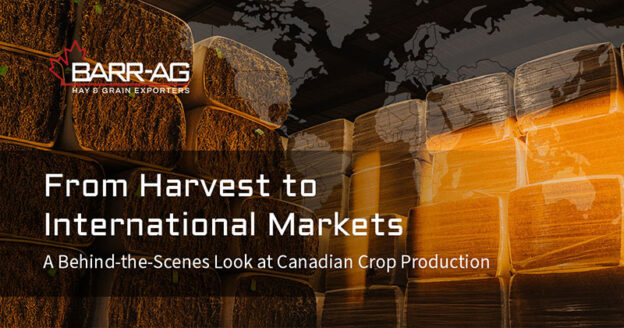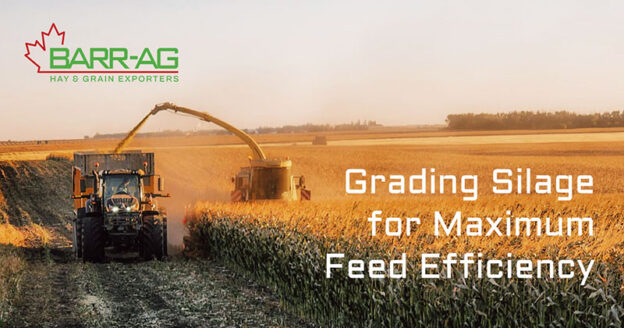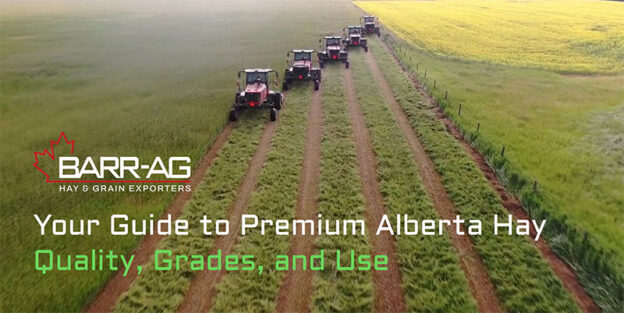Around the world, many producers face challenges in sourcing consistent, high-quality forage. Shifting weather patterns, inconsistent harvesting practices, and contamination concerns can all compromise feed programs and animal performance. As operations look for suppliers they can trust year after year, many are turning to Canada for forage that is consistently clean, nutritionally stable, and backed by reliable export systems.
Ideal Growing Conditions
Canada’s forage regions benefit from long summer daylight, cool evenings, and clean soils with naturally balanced minerals. This combination supports slow, steady plant growth, stronger fiber structure, excellent leaf retention, and higher feed value. While many regions battle heat stress or rapid drying, Canada’s climate naturally preserves nutrients and promotes uniform quality.
Clean Production in the Field
Contamination is a concern for global buyers. Even small amounts of dust, weeds, or mold can compromise feed for dairy, livestock, or equine programs. Canadian producers implement strong field management that includes low weed pressure, moisture monitoring, responsible fertilization, and crop rotation. These practices result in cleaner, safer, and more dependable forage compared to regions with inconsistent field standards.
Processing and Storage That Preserve Feed Value
The difference between good forage and great forage is often determined after harvest. Canadian operations prioritize timely cutting based on nutrient stage, modern conditioning and baling technology, controlled storage to protect color and leaf structure, consistent moisture targets that reduce mold risk, and detailed load inspections before shipping. These practices apply to all forage types, including hay, silage, and straw.
Reliable Supply Chains
International buyers often face shipping delays, incomplete documentation, or inconsistent load quality. Canadian exporters are known for reliability, professionalism, and well-developed systems created specifically for global markets. These systems reduce the risk of delays, rejected loads, or supply chain disruptions.
Nutrition That Supports Performance
Canadian forage is trusted for its balanced protein-to-fiber ratio, strong digestibility, consistent dry matter, and dependable palatability. These qualities support improved milk production, healthier rumen function, better growth, and more stable feed behavior. For operations that rely on predictable outcomes, nutritional uniformity is essential.
Sustainability for Long-Term Supply
Buyers increasingly seek responsibly sourced feed. Many Canadian forage farms use soil conservation, water stewardship, smart fertilization, and diverse crop rotations to support long-term soil health and supply stability.
Why Canada Continues to Stand Out
Demand for clean, consistent, and predictable forage continues to rise. Buyers want transparency, reliability, and long-term partnerships rather than inconsistent or one-off shipments. Canada’s climate advantages, production standards, and export infrastructure position it as a dependable source of high-quality forage for operations worldwide.
Where Barr-Ag Ltd. Fits In
Barr-Ag Ltd. is Canada’s leading trusted forage producer and for over 20 years has been combining strong farming practices with proven international logistics. Offering Alfalfa, Timothy, Mixed Hay, Corn or Barley Silage, and Straw, Barr-Ag Ltd. supports every shipment with strict field management, careful processing and storage, accurate documentation, consistent load quality, and extensive export experience.
For operations seeking clean, reliable forage supported by a trusted Canadian export system, Barr-Ag Ltd. provides a proven solution.








